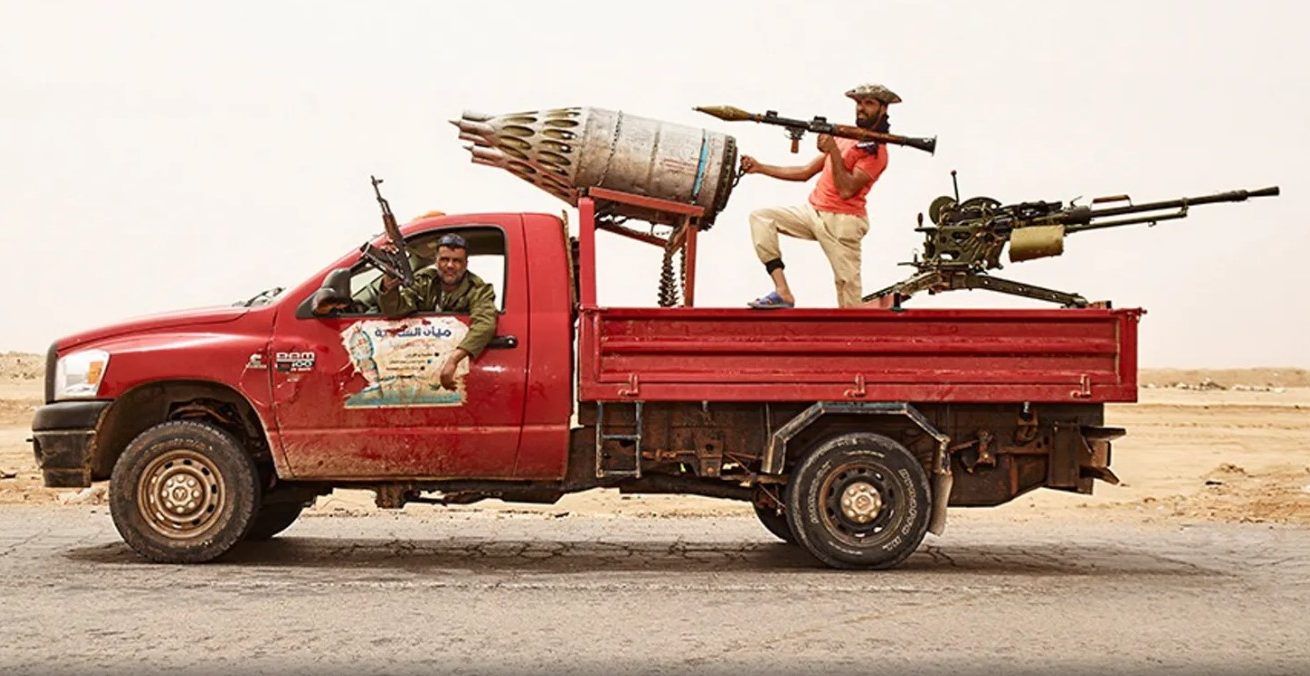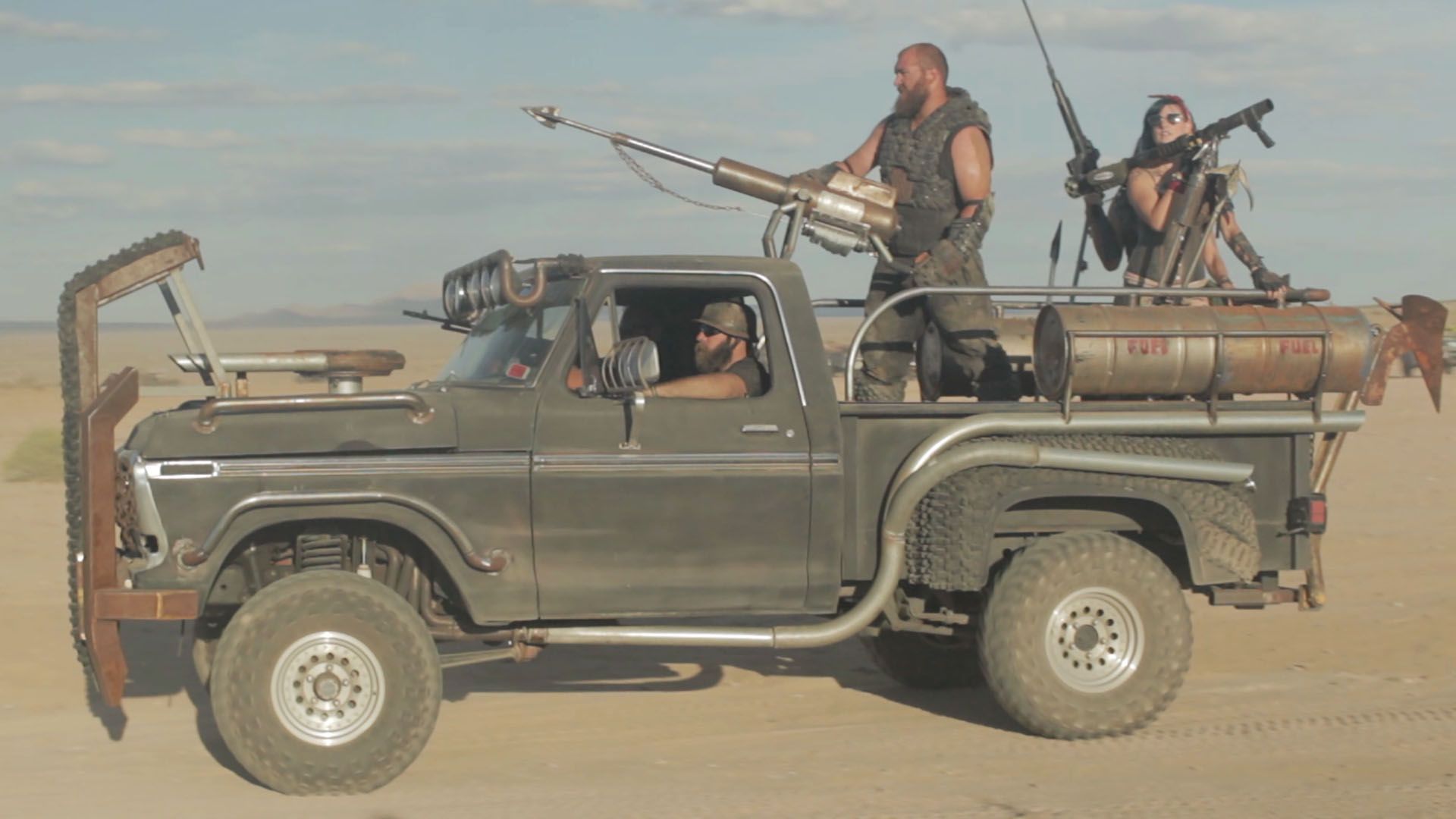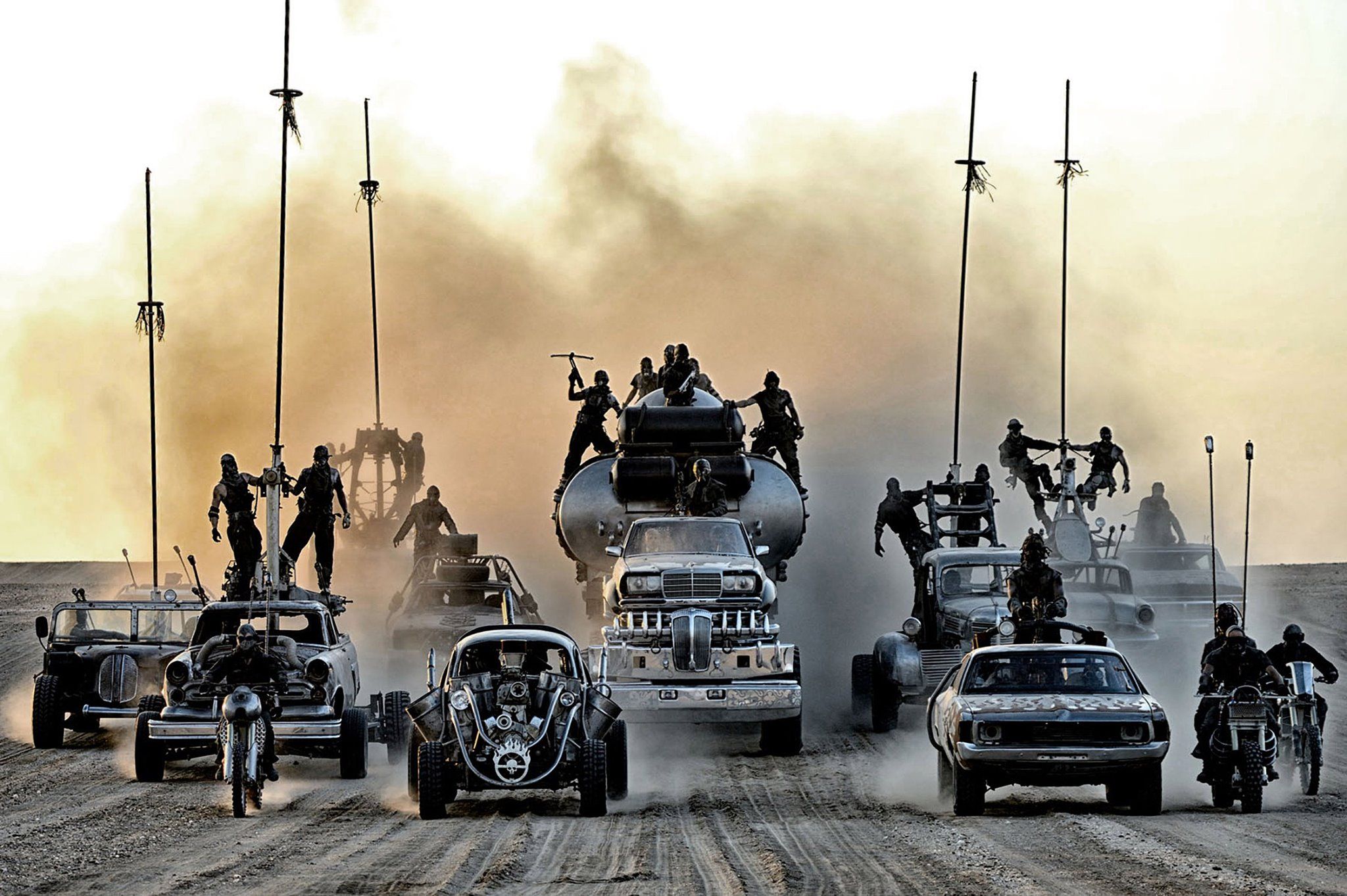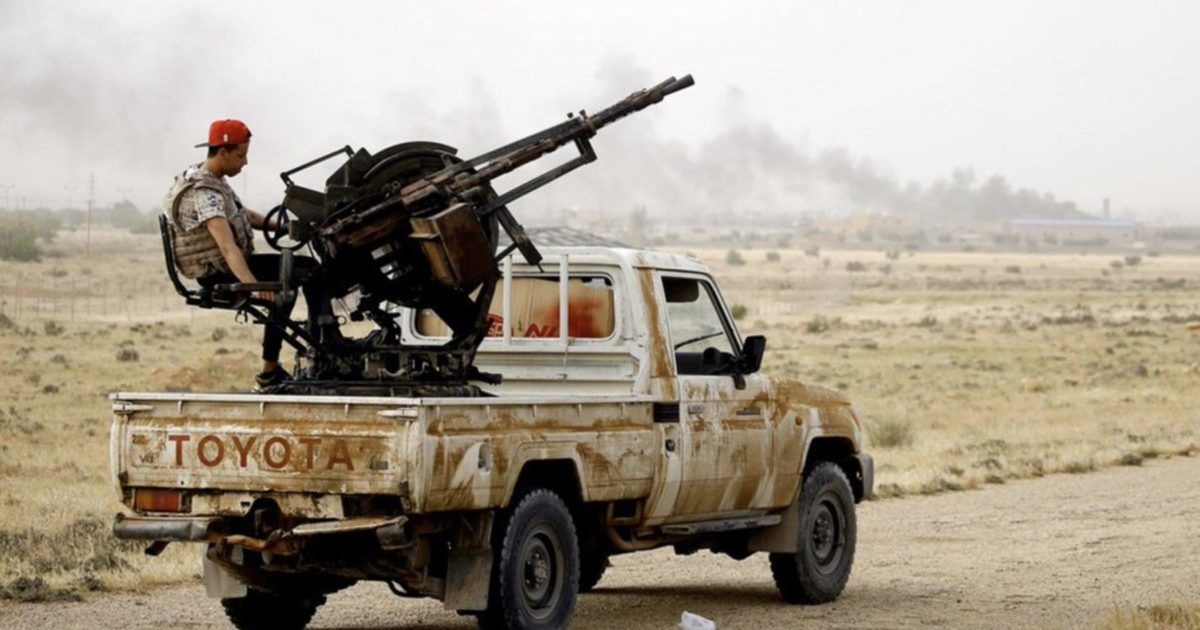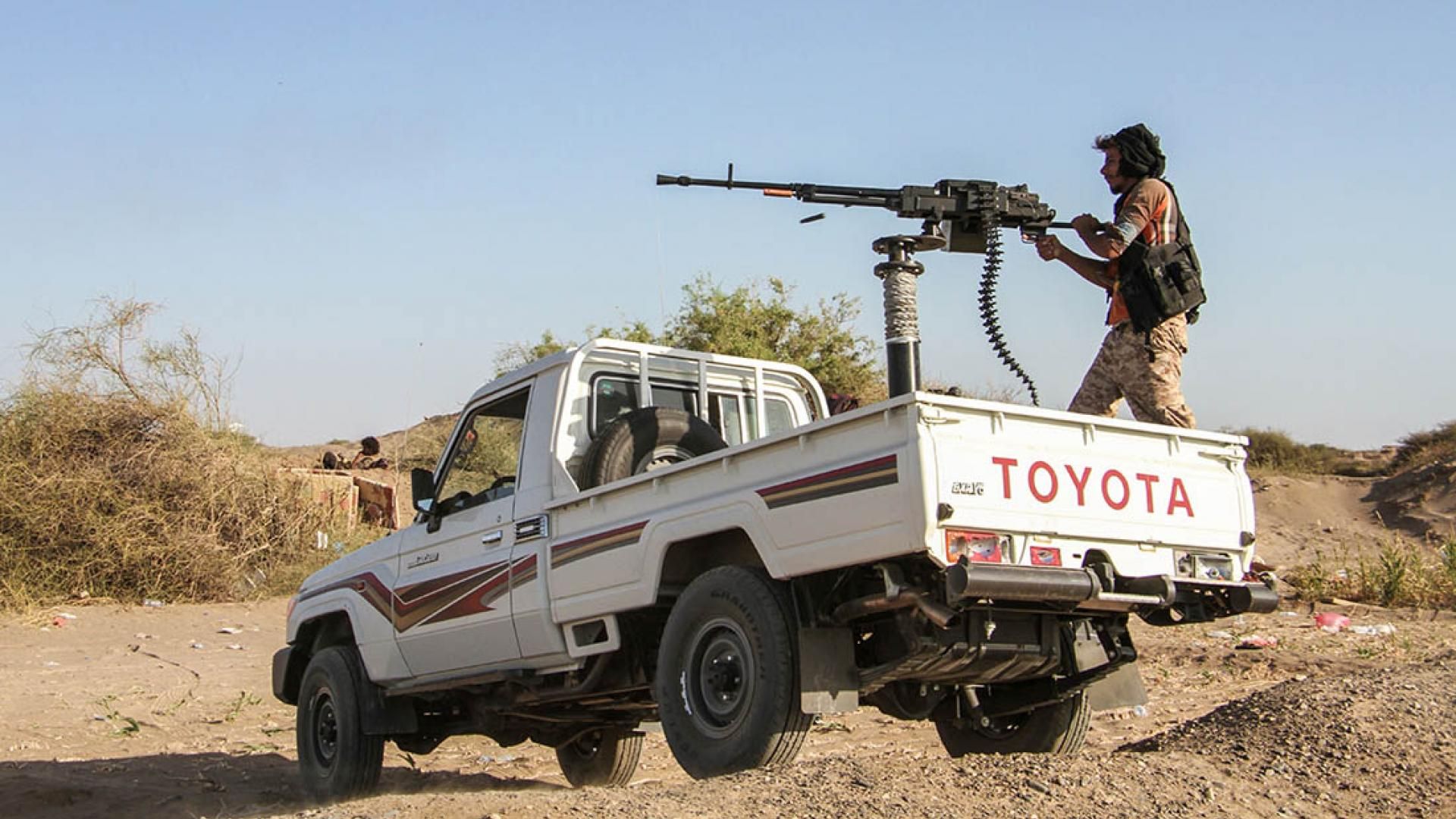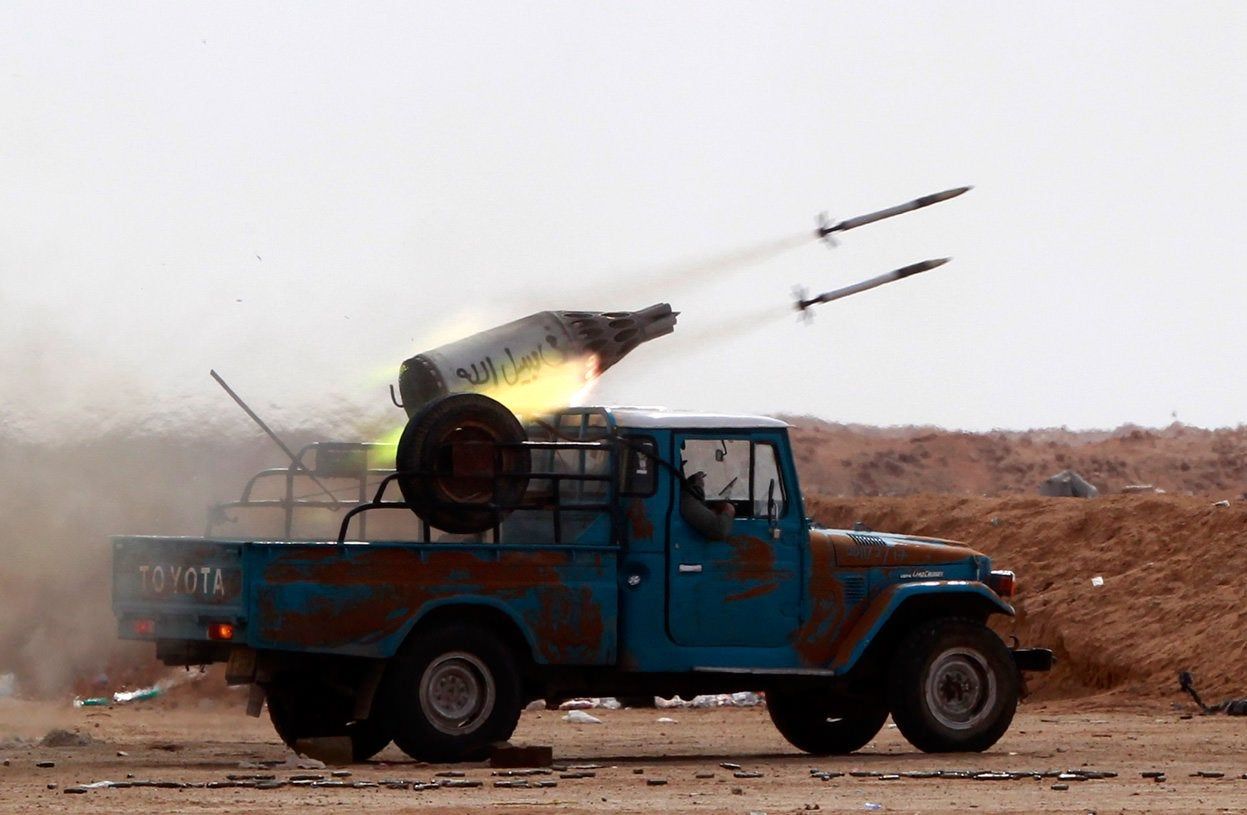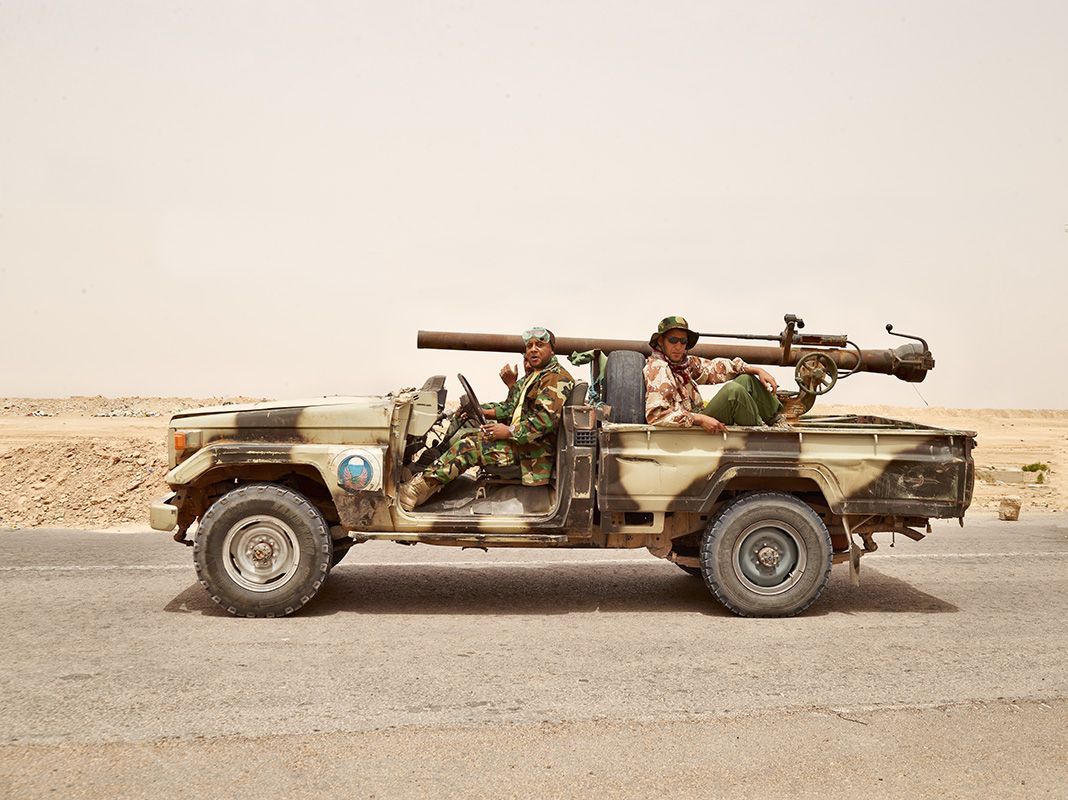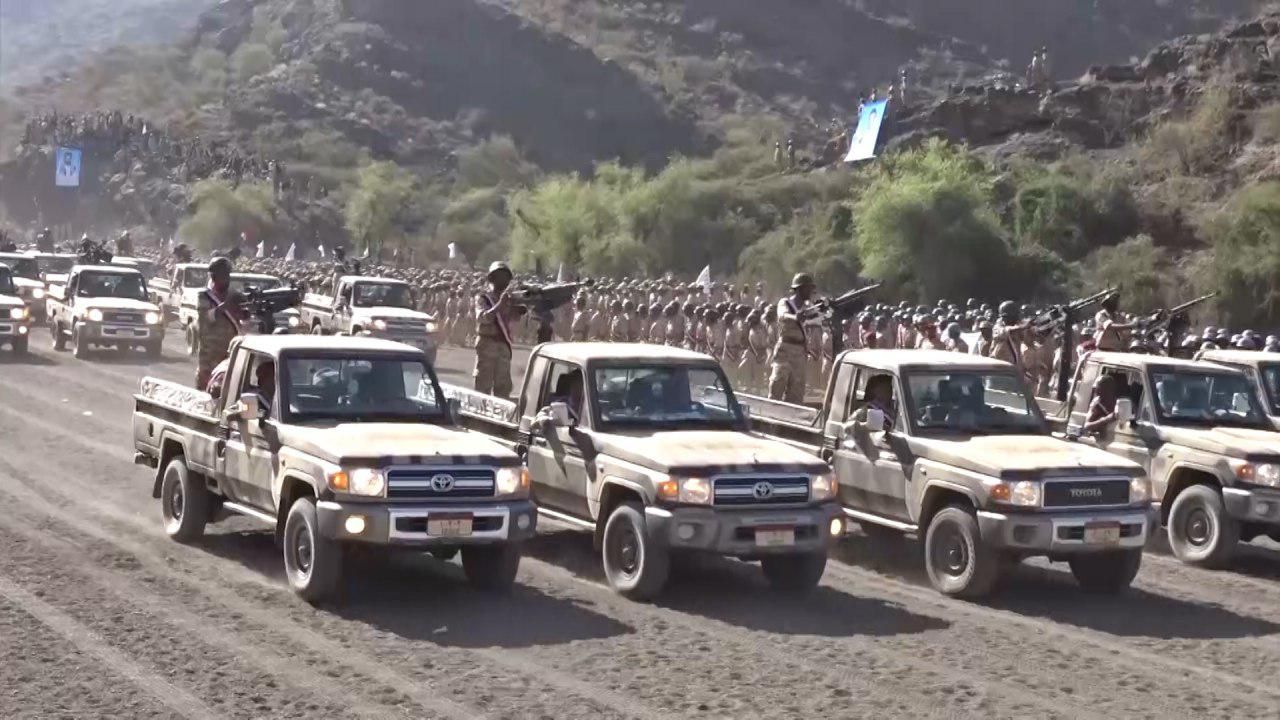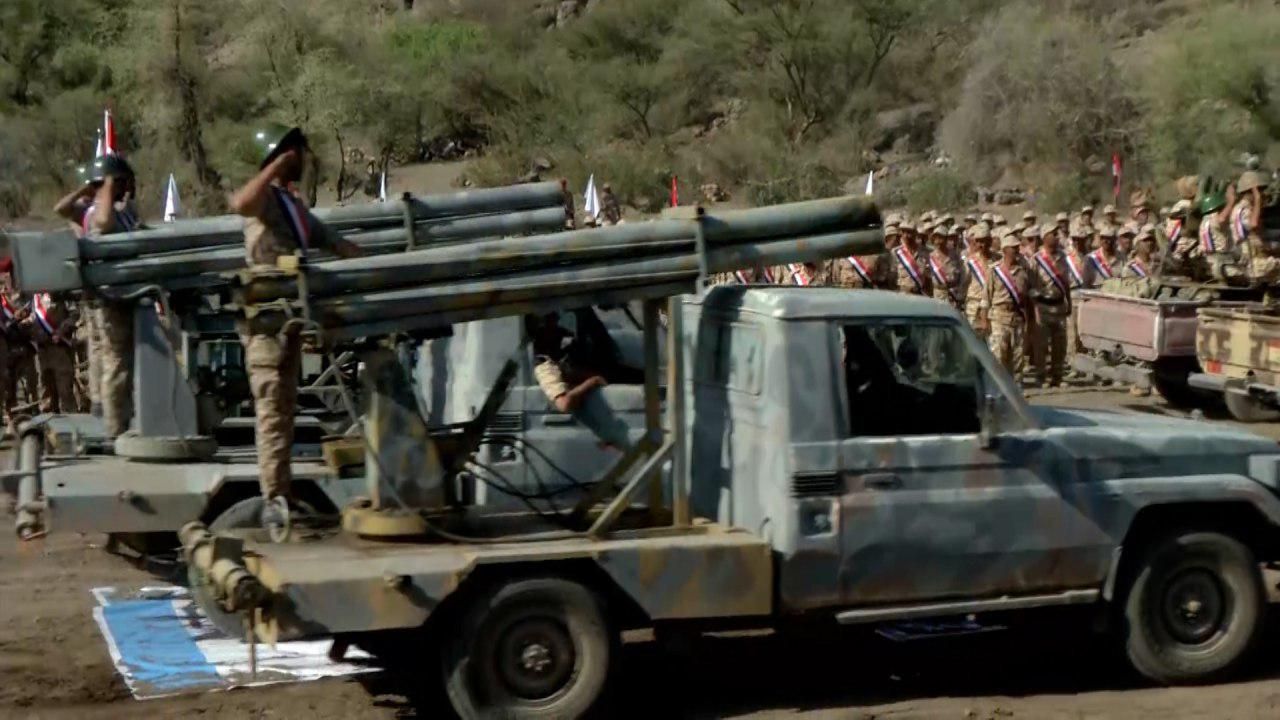It's the Zombie Apocalypse. Your country is under attack from within as well as without; and the professional military is powerless to respond.
How can this be?
Well, in typical dastardly fashion, the Bad Guys have remotely disabled all their high-tech hardware, from aircraft and ships, right down to tanks and Humvees and infantry fighting vehicles - this time not by frying their electronics via a massive, explosively-pumped flux generated EMP, but through a computer virus, that knocks out not only comms, but engine management systems as well - the cunning fiends.
Survivalists To The Rescue
Thankfully, assorted renegades are ready to step into the breach - or rather, drive into it. Rag-tag militias swiftly fire up their super-modified pickup trucks, smothered in ad-hoc armor and bristling with laser machine cannons, and wade into the advancing hordes, who are themselves burning rubber in their various Mad Max-styled homemade war machines.
Pure fantasy, the stuff of online games and Just-To-The-Right-Of-Crazy Doomsday Prepper websites?
Actually, no. Commercial pickups - "technicals" as they are known - do serve in the world's various militaries, and not just doing the behind-the-scenes stuff, like nipping down to the 7-11 to get a few sticky buns for the Colonel's morning tea.
In fact it's the regular military who were first to make use of fast, light-weight, unarmored trucks and 4WDs, which offered advantages in terms of speed, maneuverability, and support requirements, over heavy tanks and half-tracks. The Long Range Desert Group, which was the precursor to the SAS and other Special Forces, used Ford and Chevy one-and-a-half-ton trucks and largely unmodified Jeeps, often fitted with Lewis or Vickers machine guns, or 37mm anti-aircraft guns mounted in the rear.
Into The Affray
More than that, however, it's the 'second division' conflicts where off-the-shelf trucks get to see heaps of action. Toyota are a particular stand-out in this regard; they even had an entire war named after them. ISIS and other mad jihadis cruised around in them, even before they ran out of stolen American military hardware, that they'd borrowed from retreating Iraqi soldiers.
Lots of Africa has seen innumerable regional warlords imposing their dominion from the cab of many a Nissan Patrol or Land Rover, while their minions subdued the locals with 50-cals bolted to the tray.
The Toyota War was fought between Libya and Chad, and involved Land Cruisers and Hilux utes on one side, with Soviet-made tanks and armored personnel carriers on the other. The Hilux is better known to North American fans as the Tacoma, the legendary mid-size truck that the rest of the world favors for farming and construction. And in this war, the side with the pickups won, and won comprehensively.
But was that conflict a one-off, or is there a more mainstream future for light commercial vehicles in combat? The answer is probably yes, and it has less to do with the effectiveness of purpose-built military hardware itself, than with extraneous factors, including advancements in the fields of anti-armor weaponry, and surveillance and detection technologies.
A Main Battle Tank, tipping the scales at north of seventy tons, and packing a 120mm gun with a range that would put a WW2 battleship to shame, might well be able to withstand a direct hit from an artillery shell; but the massive logistics train required in order to keep it in the fighting notwithstanding, a couple of rounds from a cannon as small as 25mm in the right place - the steel tracks for example - will still put it out of action. And that cannon, or indeed a dedicated anti-tank gun, can be mounted on the back of a pickup truck far more easily - and cheaply - than it can be hung from a helicopter gunship. The same tray can mount surface to air missiles, rocket batteries, or even a full-sized gun turret from a captured Russian tank.
Mighty Mice That Roar
As the Toyota War showed, ordinary rusty old pickup trucks can outpace regular heavy armor, run on the smell of an oily rag, be repaired by any bush mechanic using duct tape and fencing wire, and merge seamlessly from the desert to the urban environment and back again with ease.
And yes; any ordinary medium machine gun (or infantryman's rifle, come to that) will make mincemeat of a pickup's thin skin, as well as the occupants thereof. But at the same time, a heavy tank with its tracks knocked out, or its cameras, sensors, and aerials rendered inoperable by relatively light weapons, becomes just a heavy steel version of death's waiting room, for the guys trapped inside.
More of Less Is Better Than Fewer Of More
Superb engineering in small numbers has come off second-best to cheap dumb bulk before. German Panzers, and particularly Tiger tanks, were generations ahead of anything the Allies could field; but when they broke down, which was often, they needed a support network that Germany simply couldn't maintain by the middle of the Second World War. The American and Russian militaries countered the advantage of superior German technology by simply swamping it, with vast numbers of less advanced armor that was crude by comparison, but still effective enough to do the job.
Military success has always come down to an ability to innovate, to be flexible, to meet overwhelming force with lateral thinking and asymmetric solutions. The big wars of the future may well be fought by autonomous drones, and unmanned tracked vehicles, and blaster-rifle-toting androids possessed of artificial intelligence and a taste for human flesh; or they might not.
But regardless, it is very likely that the battlefield taxis of the near-term will have thermally-stealthy electric motors and radar-absorbing plastic body panels, and they will rely on speed, versatility, maneuverability, and low-cost simplicity, rather than slow, imposing, impenetrable, bulky armor. Actual conflicts of the present day have already flagged the way forward.

